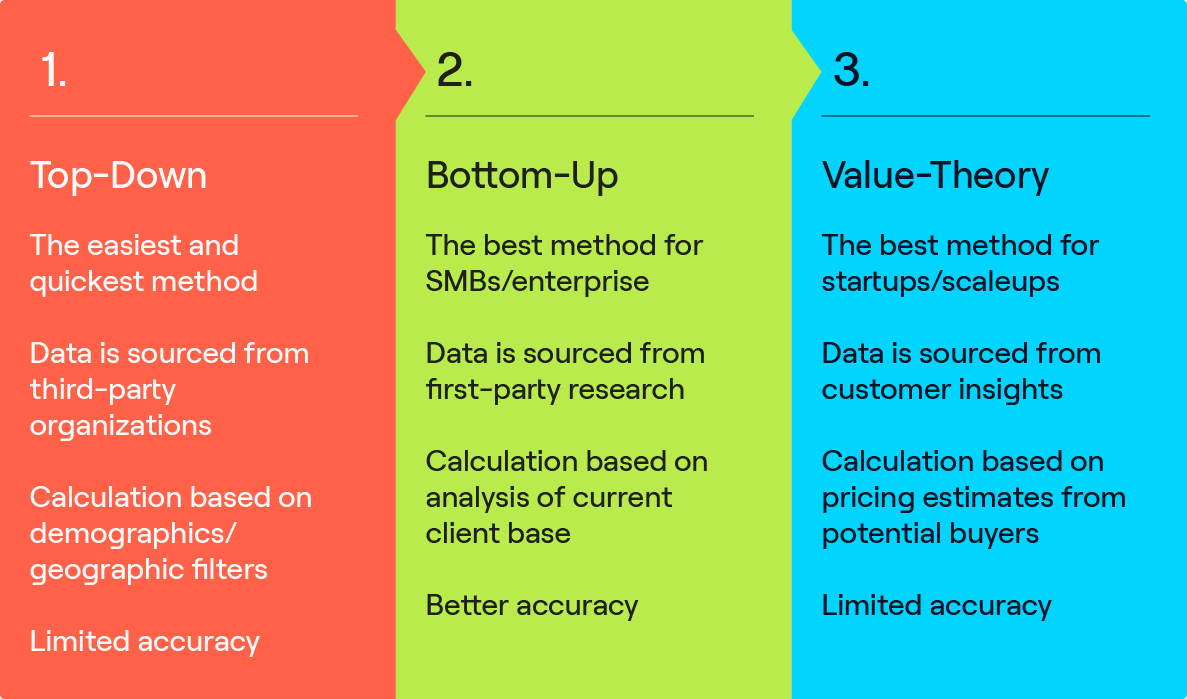
Another set of piles is built by cutting up a second copy into sections on the basis of the new themes and these are read. The data is then re-read using the new themes. Stage seven involves identifying additional themes, or removing or collapsing the first selection of themes until another, more useful and revealing set of themes emerges. When reading through the data that has been allocated to each theme does it provide a cohesive account (like chapters in a book) or does it appear to be incomplete? Is there any interrelationship between the themes? Is such interrelationship consistent? Do other themes, that you had not noticed originally, appear to be emerging when you read the data horizontally? Stage six involves assessing whether the 'horizontal' reading by theme makes sense. There are also specialist programs available on personal computers for sorting and analysing qualitative field notes ( Section 3.6.2). The process can equally well be done electronically using a word-processor (as we saw with Filby's field notes (Extract 6.1, page 153)). This is why the approach is called 'pile building'. To do this, some ethnographers literally cut up their material and arrange it, according to themes, in piles (on the floor). Stage five is to read the data 'horizontally' by themes.
#Tams analyzer software#
Note that some software packages can help make this lss time consuming. Where an extract involves more than one theme then you will need to copy the section so that you have a separate version of the section for each of the themes.

On each segment, note the original time and place of the observation, its precise location in the top copy of the recorded observations, the people involved, the sort of activity going on, and the theme or themes that occur in the extract. Stage four involves going through the data and dividing each day's field notes into sections that deal with the particular themes. Make a not of these based on your 'vertical' reading. Stage three involves identifying major themes that seem to recur throughout the data and have a bearing on the theoretical concerns. Whichever way you do it, make sure that you are familiar with the contents of the field notes before you go on to the next stage. You may reread the whole thing as a block or break it up by reading about each individual or subgroup in the study in turn. They may be read several times so that the researcher has a good idea of what is in the notes. That is, field notes are read chronologically from start to finish. Stage two involves reading the data 'vertically'. Leave the top copy alone and use it only for reference purposes. There are also software packages that assist the process ( Section 3.6.2). This is much easier and cheaper to do if you have used a word-processor to write up observations. This involves several stages and is a useful general approach whatever the purpose of the research.

Probably the best way is the so-called 'pile building' approach.
#Tams analyzer how to#
Even if the researcher has a clear idea of what the data is pointing to he or she may not know how to organise it to present it to its best advantage.

How can the data be sorted, coded, organised, and ultimately reported? There is often so much material that the researcher is overwhelmed by it and does not know where to begin or what sense it all makes. The choice of material is guided by the theoretical framework (or angle) that has emerged during the study.Ī major problem that observation researchers face is how to deal with the vast amount of material. The production of a finished ethnographic report requires a selection from this detail. Social Research Glossary About Researching the Real WorldĬontact © Lee Harvey 2012–2023 Page updatedĬitation reference: Harvey, L., 2012–2023, Researchin g the Real World, available at /methodologyģ.6 Analysing observational or ethnographic dataģ.6.2 Electronic qualitative data analysis packagesĮthnographic research invariably leads to the collection of an enormous amount of detailed accounts, quotes, examples, anecdotes and so on. Surveys Experiments Ethics Research outcomes Basics Orientation Observation In-depth interviews Document analysis and semiology Conversation and discourse analysis Secondary Data


 0 kommentar(er)
0 kommentar(er)
